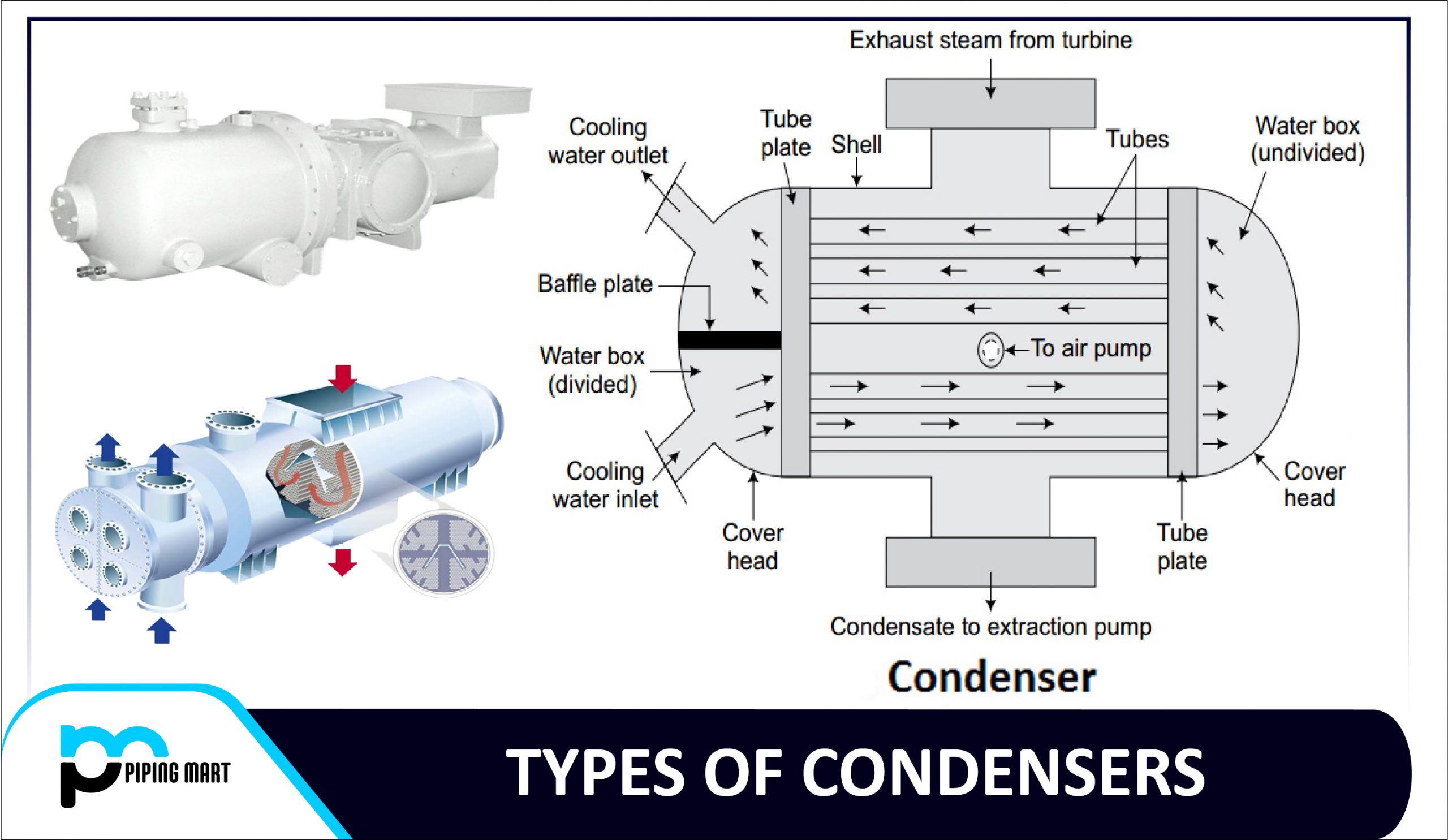When it comes to valves, there is no doubt that there are many different types to choose from. Two commonly used and often confused types are knife gate valves and slide gate valves. While they both offer excellent control of flow and shut-off capabilities, their design and functionality differ. In this blog post, we will examine the differences between knife gate valves and slide gate valves.
Knife Gate Valve
A knife gate valve is a type of valve designed to shut off or start the flow of liquids, gases, and some solids. It consists of a gate that has a sharp-edged blade attached at the lower end which travels between two seals or flanges in an axial direction. This design allows for bidirectional seal tight shutoff with minimal pressure drop and can handle higher velocities than conventional valves.
Slide Gate Valve
Slide Gate Valve is a control valve used to regulate the flow of fluids. It consists of a slide that moves up and down within a chamber, preventing or allowing the flow depending on its position. Slide gate valves are commonly used in mining and other industrial applications for regulating pressure, temperature and other factors. They feature low-friction sliding motion, high-reliability operation and durability even in harsh thermal environments.
Difference Between Knife Gate Valve and Slide Gate Valve
Design:
The first notable difference between knife and slide gate valves is their design. Knife gate valves are designed with a sharp-edged blade, which is used to cut through the media in the pipeline. The blade is then retracted into the valve body when it is open. On the other hand, slide gate valves are designed with a flat metal plate that slides across the valve body to control media flow through the pipeline.
Application:
Knife gate valves are commonly used in applications involving viscous fluids or solids. They are designed to handle materials such as slurries and effluent, where other valves may become clogged or damaged. On the other hand, slide gate valves are commonly used in applications involving clean liquids or gases, where there is no need for a sharp-edged blade.
Sealing:
The sealing mechanism for knife gate valves is typically a rubber sleeve, which provides a tight and reliable seal between the blade and the valve body. On the other hand, slide gate valves can be designed with different sealing mechanisms, depending on the application. These can include soft seats or metal-to-metal seals.
Maintenance:
One of the biggest advantages of knife gate valves is that they are relatively easy to maintain. The blade can be easily removed for sharpening or replacement, which is impossible with slide gate valves. However, slide gate valves may require less maintenance overall, depending on the application and the level of wear and tear experienced by the valve.
Cost:
The cost of knife and slide gate valves can vary depending on the size, material, and application. Knife gate valves typically cost more than slide gate valves due to their complex design and components. However, the additional cost may be worth the increased performance for applications with a knife gate valve.
Conclusion:
In summary, both knife gate valves and slide gate valves have their unique benefits and drawbacks. The choice between the two will ultimately depend on the application and the specific requirements of the pipeline. It is always important to consult with a valve expert toto ensure that the valve selected will perform optimally and meet the system’s needs.

Abhishek is a seasoned blogger and industry expert, sharing his insights and knowledge on various topics. With his research, Abhishek offers valuable insights and tips for professionals and enthusiasts. Follow him for expert advice on the latest trends and developments in the metal industry.




